Bigleaf Lupine Care: What Is A Bigleaf Lupine Plant
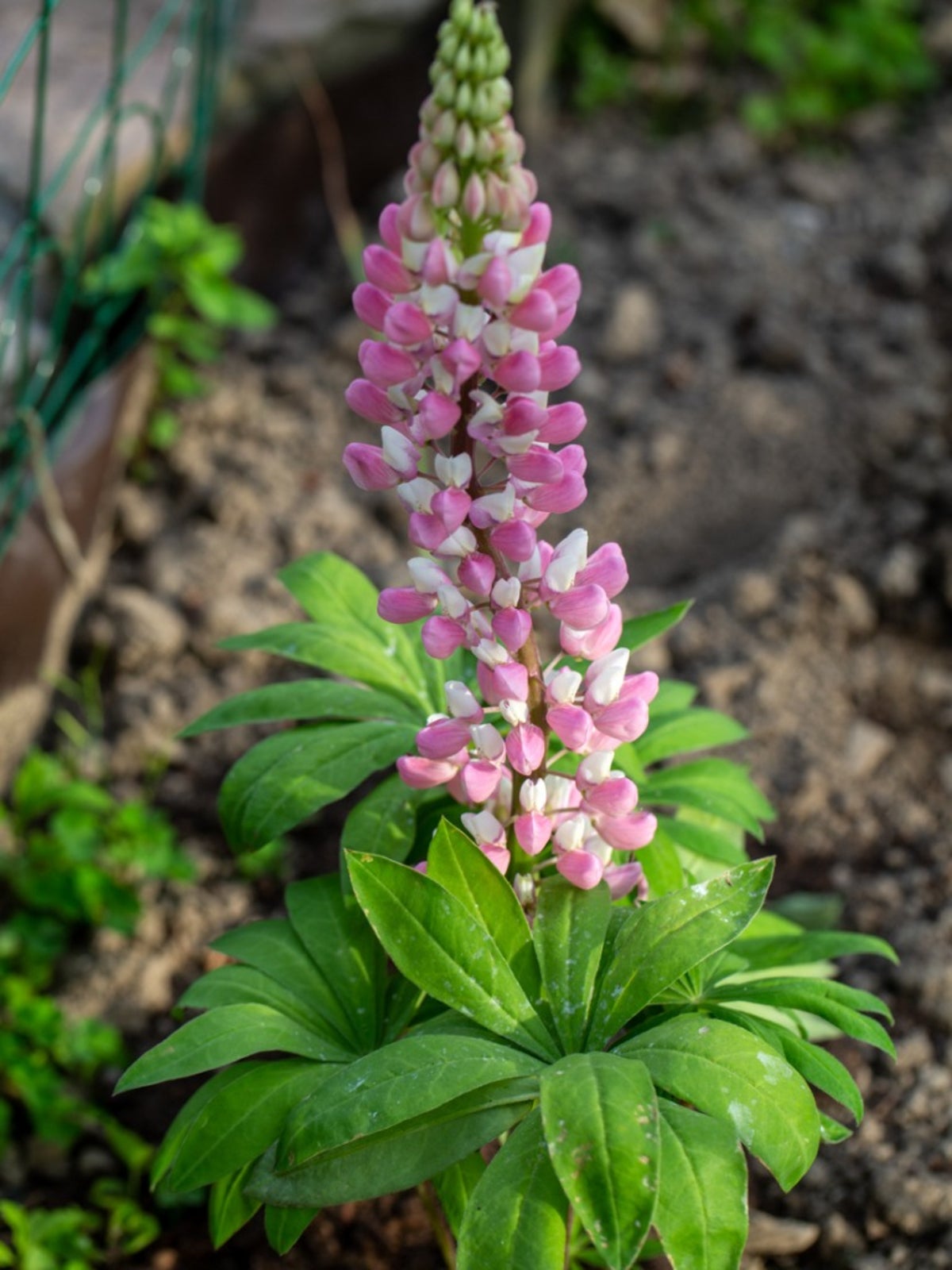

Bigleaf lupine is a big, tough, flowering plant that is sometimes grown as an ornamental but is also often battled as a weed. Keep reading to learn more about growing bigleaf lupines and when bigleaf lupine control is the best option.
Bigleaf Lupine Information
What is a bigleaf lupine plant? Bigleaf lupine (Lupinus polyphyllus) is a member of the Lupinus genus. It sometimes also goes by the name garden lupin, Russell lupin, and marsh lupine. It is native to North America, although its exact origins are unclear. Today, it ranges across the continent in USDA zones 4 through 8. The bigleaf lupine plant tends to reach a mature height of 3 to 4 feet (1 m.), with a spread of 1 to 1.5 feet (31-46 cm.). It likes rich, moist, fertile soil and full sun. It grows especially well in wet areas, like low lying meadows and stream banks. In early to midsummer, it puts out tall, showy spikes of flowers in colors ranging from white to red to yellow to blue. The plant is a perennial, surviving even frosty zone 4 winters with its underground rhizomes.
Bigleaf Lupine Control
While growing lupine plants in the garden is popular, growing bigleaf lupines is a tricky business, because they so often escape from gardens and take over delicate native environments. Check with your local extension office before planting. Bigleaf lupines are so dangerous because they can spread effectively in two ways – both underground through rhizomes and aboveground with seeds, which can be carried inadvertently by gardeners and animals, and can remain viable in their pods for decades. Once they’ve escaped into the wild, the plants put out dense canopies of leaves that shade out native species. Invasive populations of bigleaf lupine plants can sometimes be managed by digging up the rhizomes. Mowing before the plants flower will prevent the spread of seed and may effectively destroy a population over the course of several years. In some parts of North America, bigleaf lupines do grow natively, so check before starting any management practices.
Gardening tips, videos, info and more delivered right to your inbox!
Sign up for the Gardening Know How newsletter today and receive a free copy of our e-book "How to Grow Delicious Tomatoes".

The only child of a horticulturist and an English teacher, Liz Baessler was destined to become a gardening editor. She has been with Gardening Know how since 2015, and a Senior Editor since 2020. She holds a BA in English from Brandeis University and an MA in English from the University of Geneva, Switzerland. After years of gardening in containers and community garden plots, she finally has a backyard of her own, which she is systematically filling with vegetables and flowers.
-
 Looking For Plants To Give You The Soft And Fuzzies? Try These 5 Fuzzy Leaf Plant Options
Looking For Plants To Give You The Soft And Fuzzies? Try These 5 Fuzzy Leaf Plant OptionsLovers of texture, drama, silver foliage and tactile plants will adore these special sensory garden additions. These fuzzy leaf plant options will leave you all aglow
By Susan Albert
-
 Get Ready For A Summer Of Hummers! Grow These Full Sun Hummingbird Plants and Flowers
Get Ready For A Summer Of Hummers! Grow These Full Sun Hummingbird Plants and FlowersIf you’re lucky enough to enjoy a sunny backyard, make sure you are maxing out on your pollinator opportunities and grow these full sun hummingbird plants and flowers
By Tonya Barnett
-
 How To Safely Grow Lupines In The Garden Near Edible Plants
How To Safely Grow Lupines In The Garden Near Edible PlantsIs the tall and lovely lupine edible when planted near vegetables? Maybe not - learn what kind of lupine you’re planting to avoid the toxic varieties.
By Mary Ellen Ellis
-
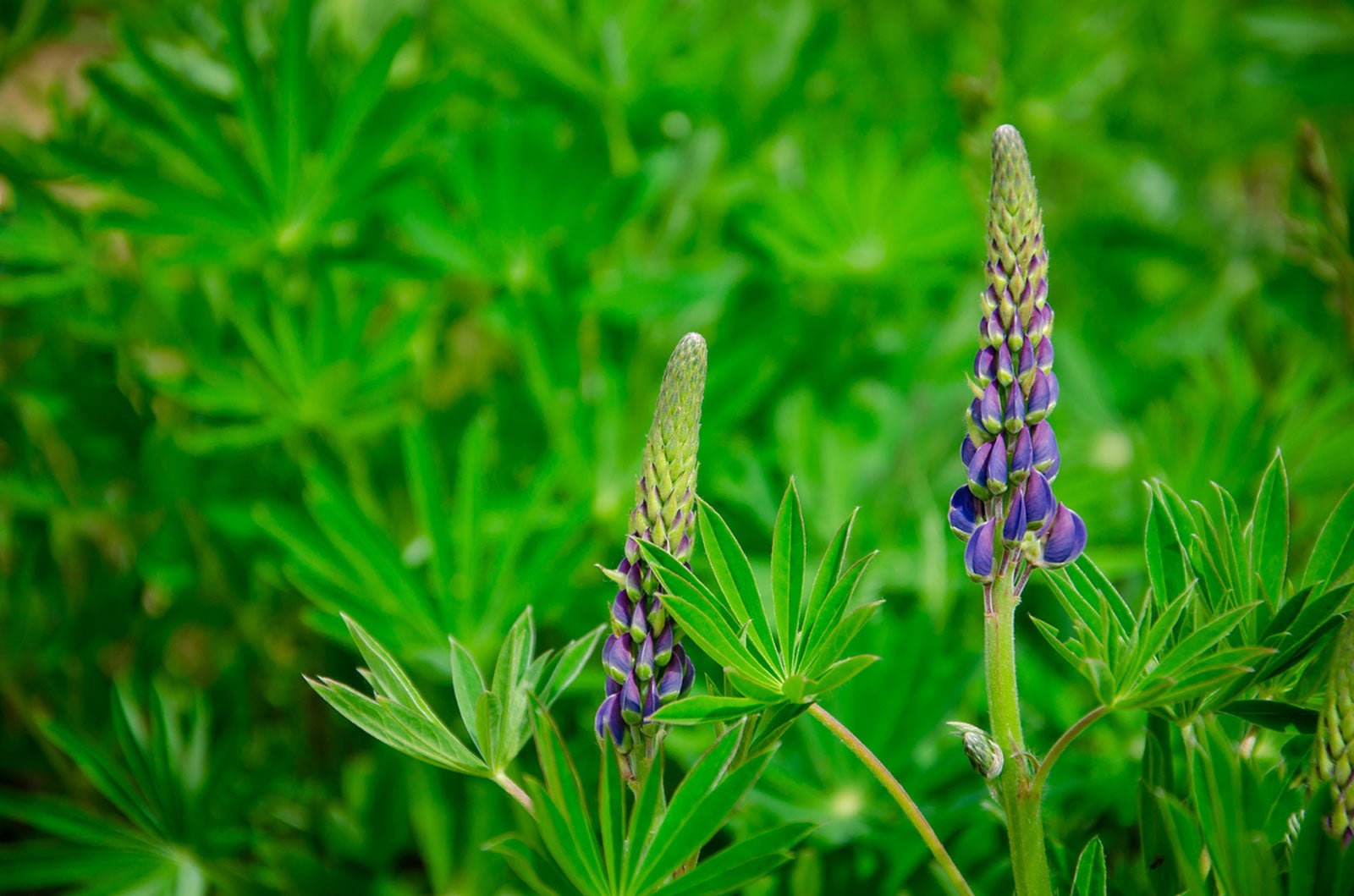 Arroyo Lupine Information: Learn How To Grow An Arroyo Lupine Plant
Arroyo Lupine Information: Learn How To Grow An Arroyo Lupine PlantArroyo lupine plants are the welcome signs of spring on the rocky slopes and grasslands of the Western United States. Pollinators are highly attracted to these plants and the seeds sustain small wildlife critters. For more arroyo lupine information, click here.
By Mary H. Dyer
-
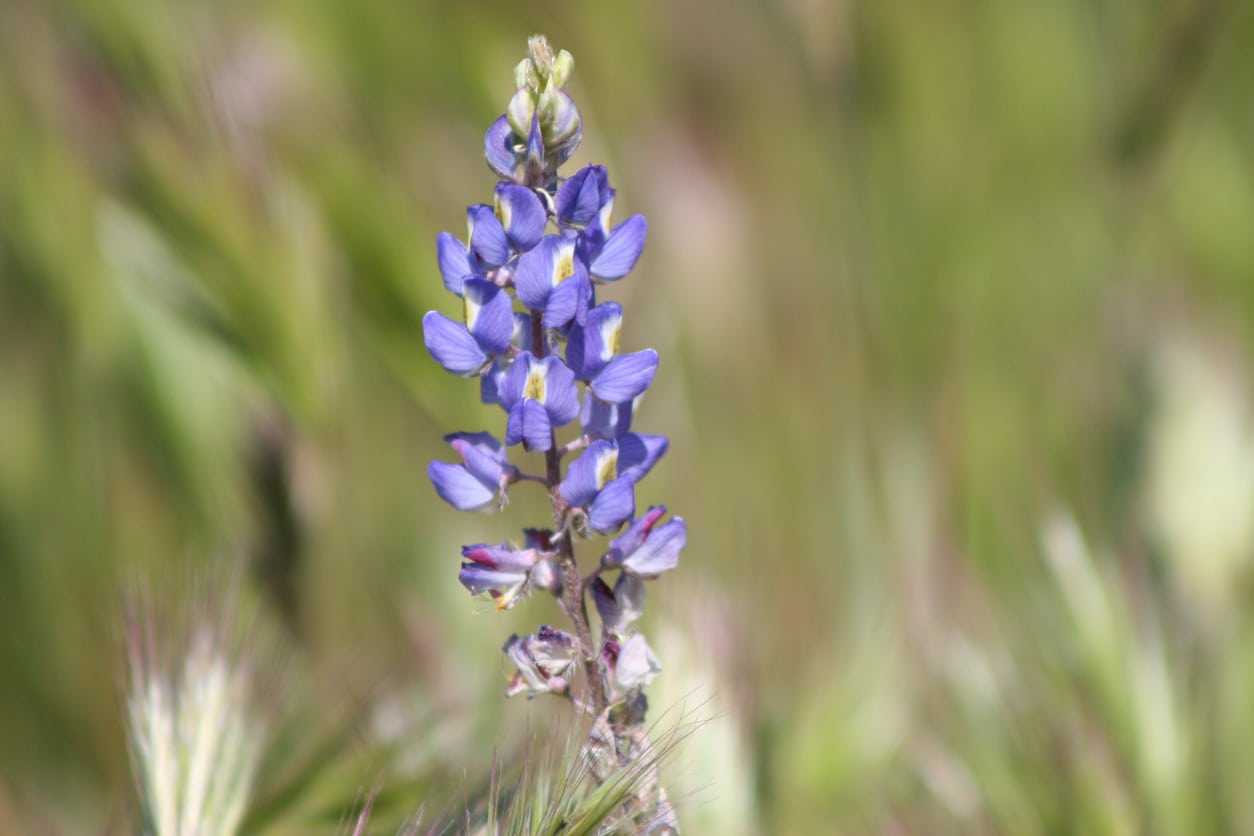 Desert Lupine Plant Care – How To Grow Desert Lupine Plants
Desert Lupine Plant Care – How To Grow Desert Lupine PlantsDesert lupine is a wildflower that grows across the southwestern United States and parts of northern Mexico. This nectar-rich desert wildflower is highly attractive to a number of pollinators, including honeybees and bumblebees. Learn more here.
By Mary H. Dyer
-
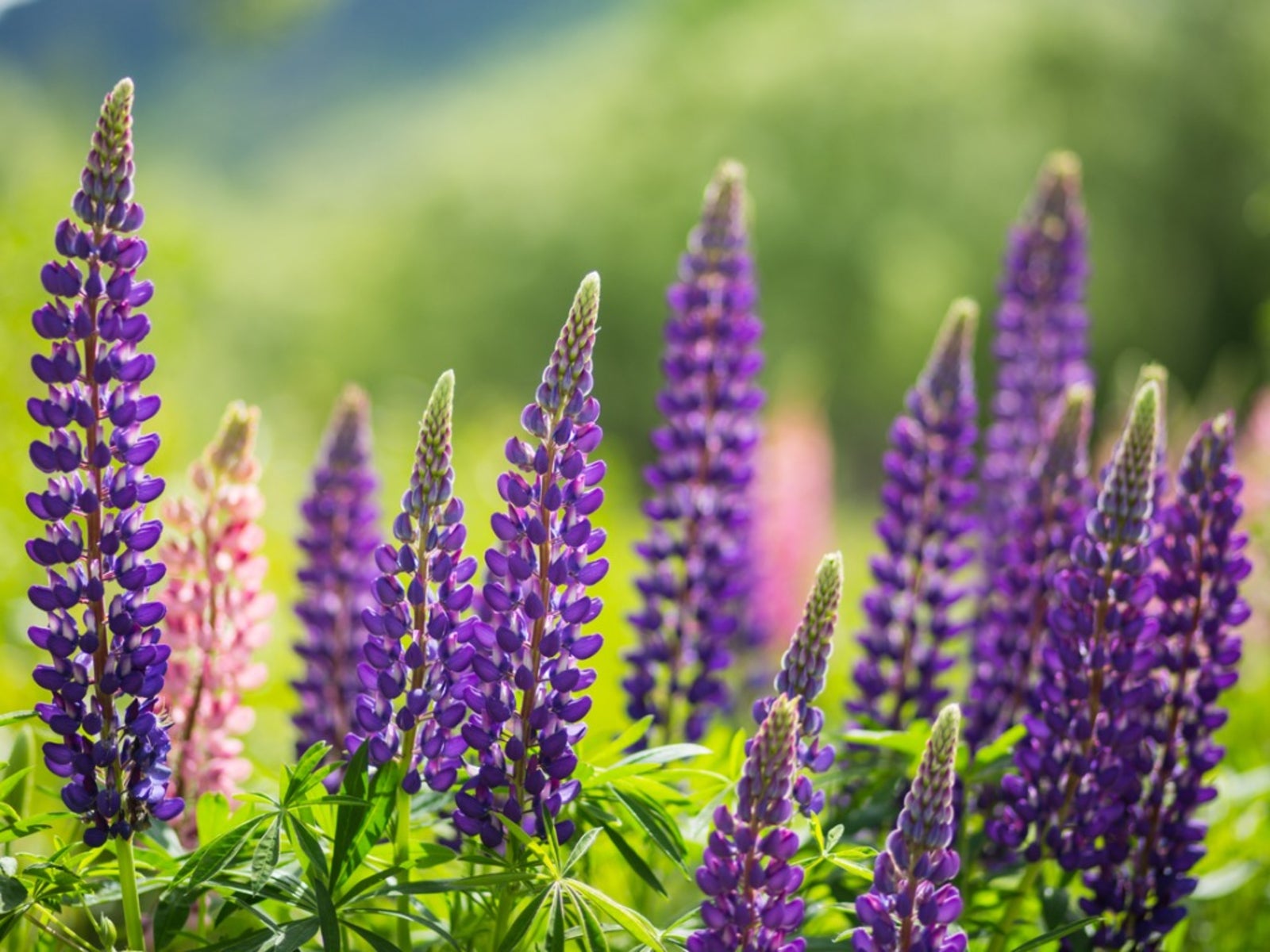 Lupine Plant Diseases – Controlling Diseases Of Lupines In The Garden
Lupine Plant Diseases – Controlling Diseases Of Lupines In The GardenLupines are attractive, easy to grow flowering plants that tolerate cool and moist conditions, and produce stunning spikes of flowers in a wide range of colors. The only real drawback is the plant's relative sensitivity to disease. Learn more here.
By Liz Baessler
-
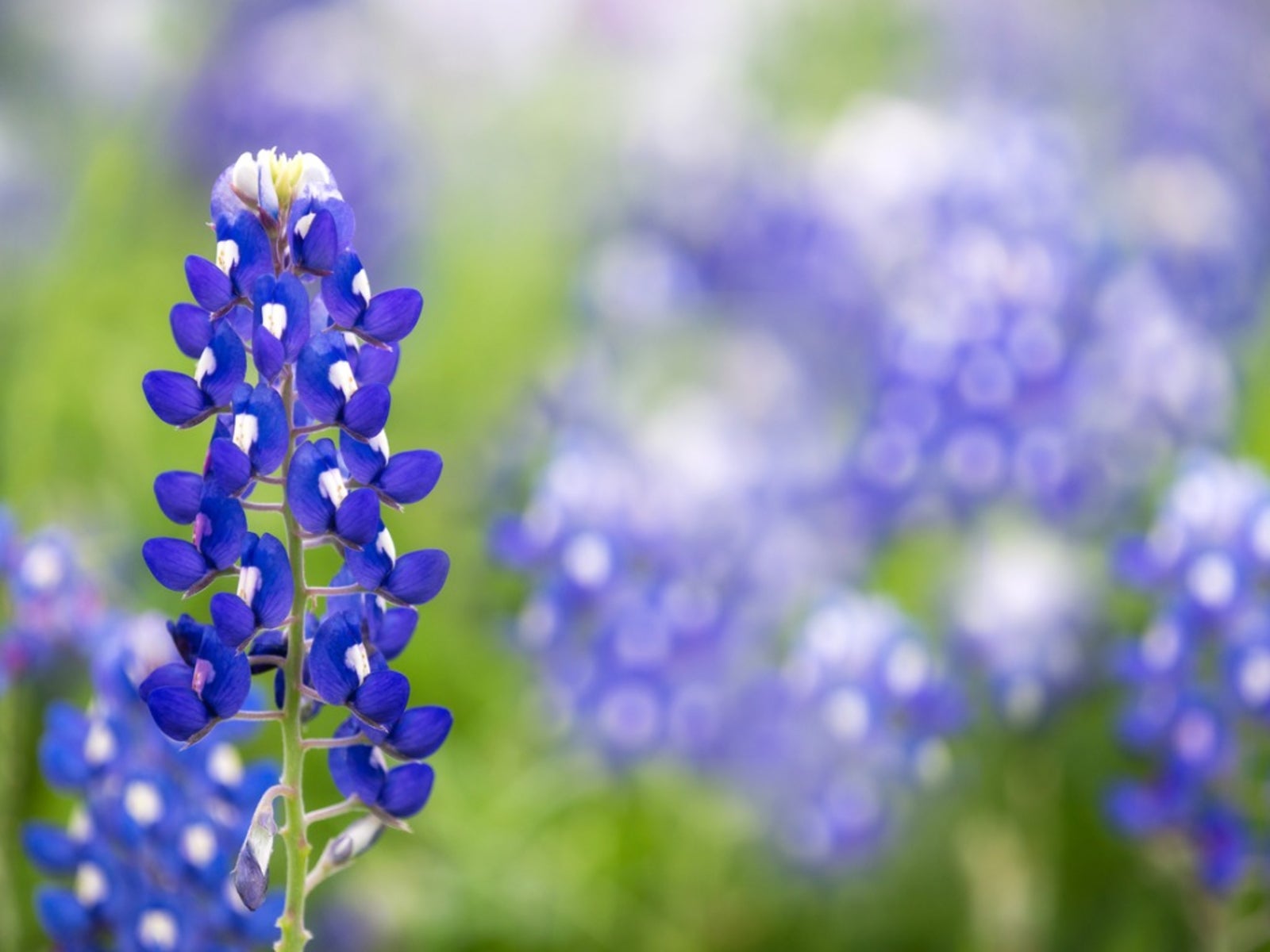 Growing Blue Bonnets - When To Plant Blue Bonnets In The Garden
Growing Blue Bonnets - When To Plant Blue Bonnets In The GardenGrowing blue bonnets adds an interesting shade of color to the spring landscape. Texas blue bonnets are easy to grow and you can find tips on how to grow these plants in this article.
By Becca Badgett
-
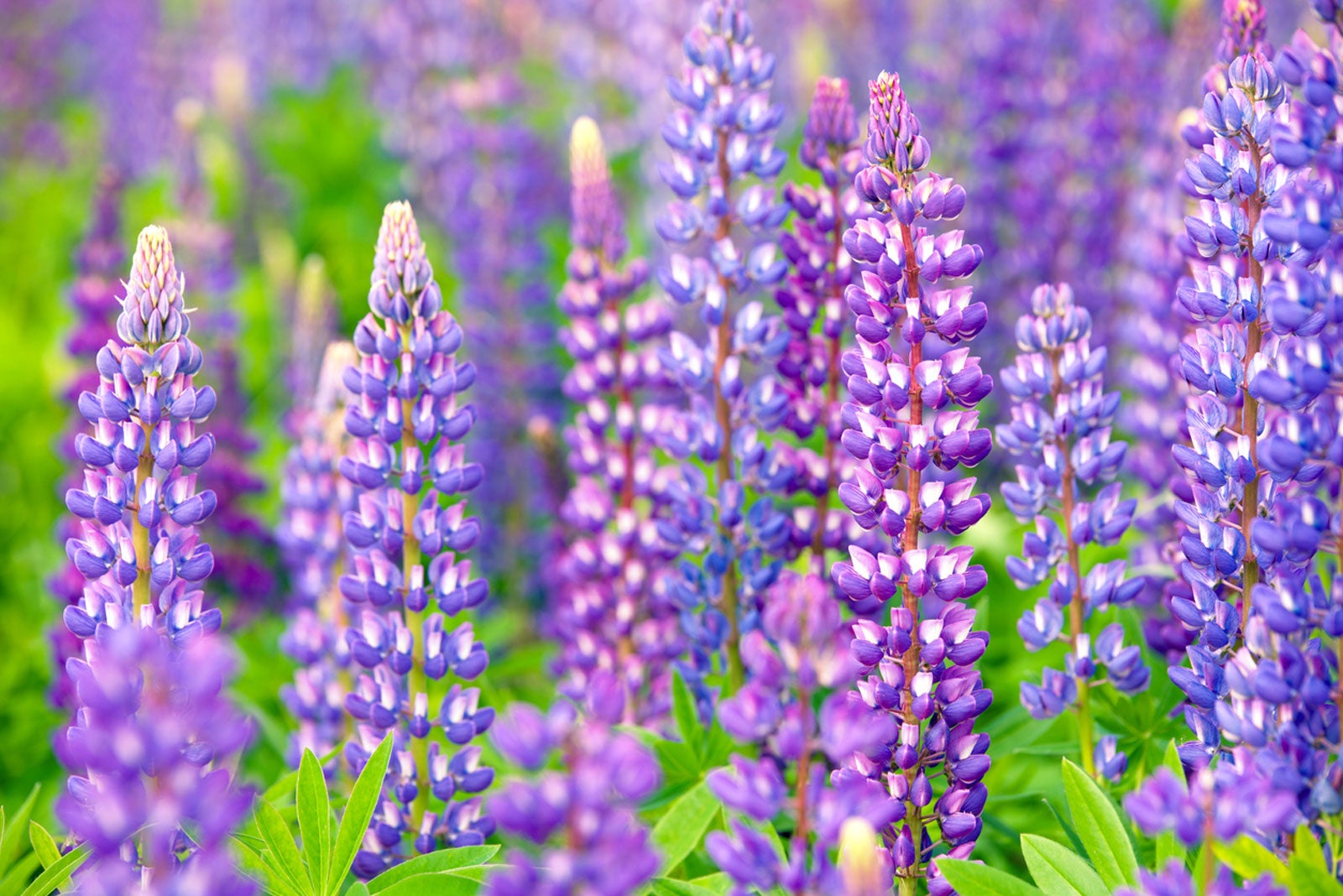 Planting Lupine Flowers - How To Grow Lupines
Planting Lupine Flowers - How To Grow LupinesLupines are attractive and spiky, reaching 1 to 4 feet (30 to 120 cm) in height, adding color and texture to the back of a flowerbed. Pollinators love them.
By Becca Badgett